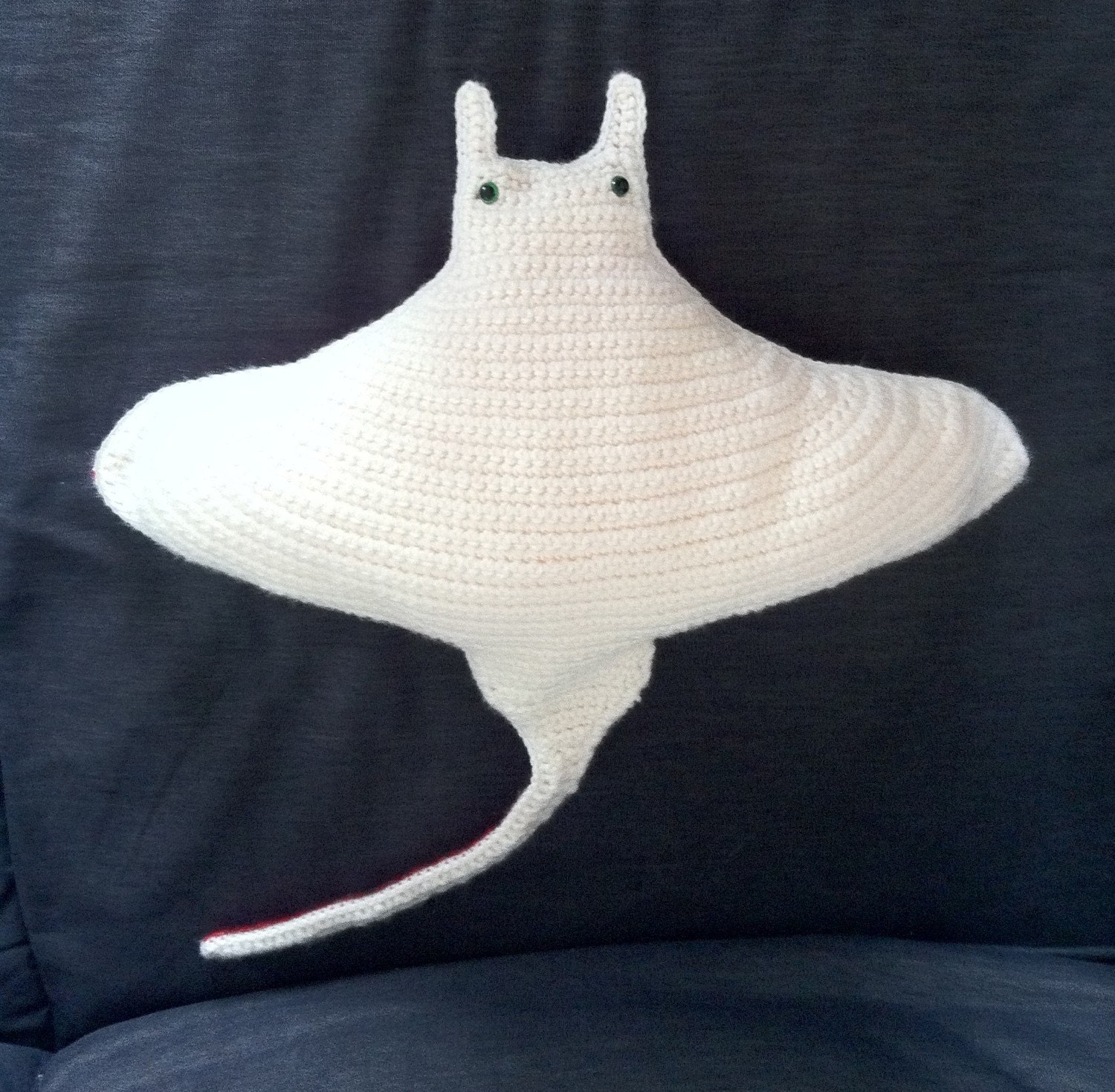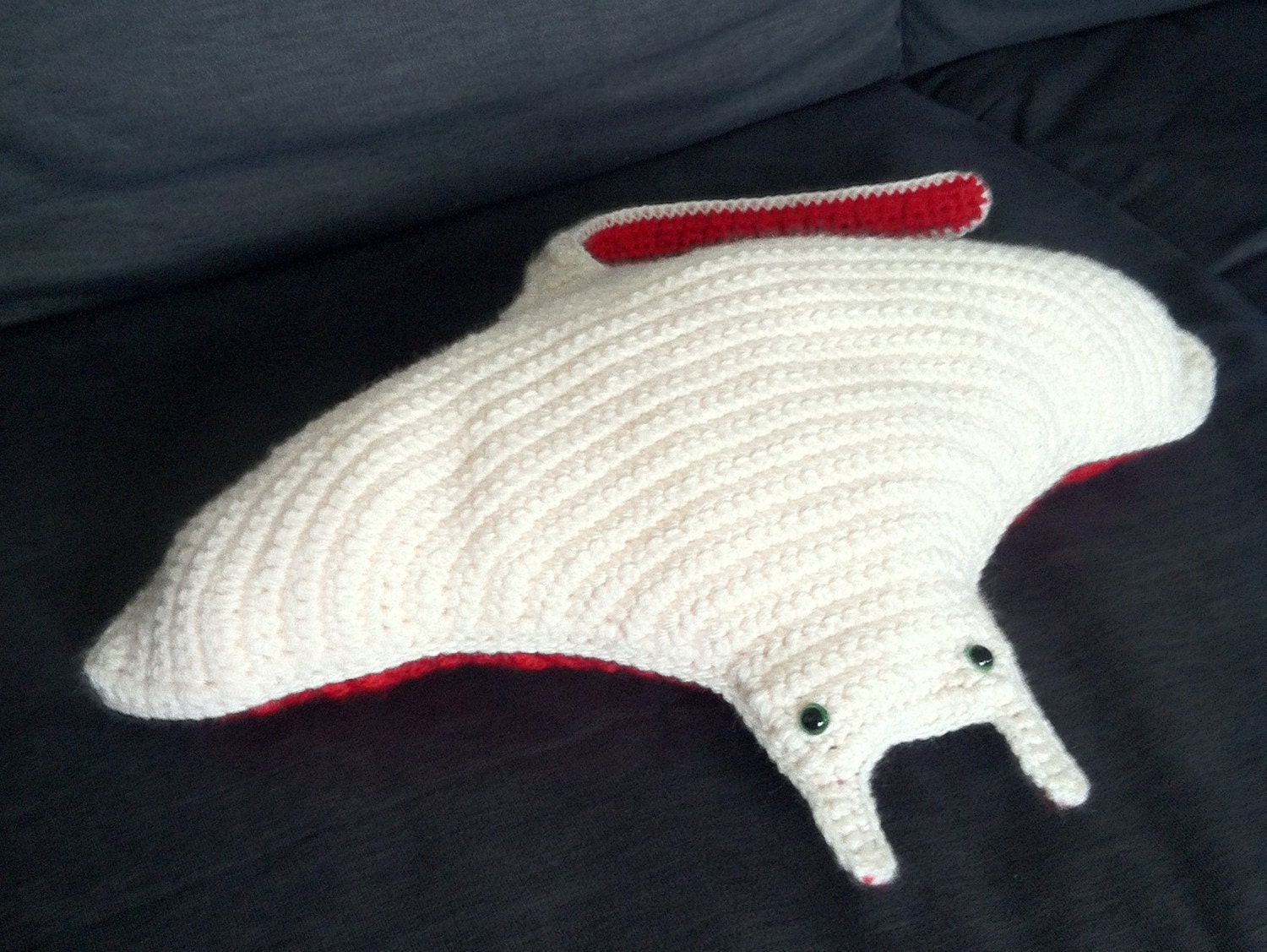
exclusive economic zone from Maine to Texas, is characterized by three major current systems that comprise segments of the North Atlantic Gyre: (1) the Loop Current, (2) the Florida Current, and (3) the Gulf Stream. The eastern United States (EUS), defined here as the U.S. Studies from several locations around the world have documented seasonal sighting patterns associated with movements of prey, current circulation and tidal patterns, seasonal upwelling, seawater temperature, and possibly mating behavior 1, 20, 21. Giant manta rays appear to conduct seasonal migrations following prey abundance 13, 14, 15, with prey including planktonic and micronektonic organisms such as euphausiids, copepods, mysids, decapod larvae and shrimp, and fish spawn 16, 17, 18, 19. Significant data gaps were identified regarding giant manta ray movements, foraging areas, aggregation sites and nursery grounds.

NOAA did not designate critical habitat under the ESA for giant manta rays due to a lack of available data to identify physical or biological features essential to their conservation within areas under U.S.
Giant manta ray stuffed animal drivers#
Endangered Species Act (ESA) due to significant declines in abundance from overutilization in the Indo-Pacific and eastern Pacific portion of its range, exacerbated by a lack of effective management measures to control this threat and the species’ inherent vulnerability to depletion due to its slow growth, late maturation, and low reproductive output 11.Įffective conservation and management of highly mobile marine species requires an understanding of the environmental drivers of their spatio-temporal distribution. National Oceanic and Atmospheric Administration (NOAA) under the U.S. In 2018, giant manta rays were listed as a threatened species (under the taxonomic designation of Manta birostris) by the U.S. Of the two manta species, only giant manta rays ( Mobula birostris) occur in the western North Atlantic Ocean 11. alfredi 9, and synonymizing the genus Manta with the genus Mobula 10. The taxonomic history of the genus Manta is complex 1, 2, 3, 4, 5, 6, 7, 8, with more recent studies supporting a split of the Manta genus into two species: M. Manta rays are filter-feeding rays in the family Mobulidae, characterized by a terminal mouth, diamond-shaped bodies with wing-like pectoral fins, and long cephalic fins 1. SDM predictions will allow resource managers to more effectively protect manta rays from fisheries bycatch, boat strikes, oil and gas activities, contaminants and pollutants, and other threats. In the Gulf of Mexico, the highest nearshore occurrence was predicted around the Mississippi River delta from April to June and again from October to November. SDMs predicted highest nearshore occurrence off northeastern Florida during April, with the distribution extending northward along the shelf-edge as temperatures warm, leading to higher occurrences north of Cape Hatteras, North Carolina from June to October, and then south of Savannah, Georgia from November to March as temperatures cool. Manta rays were most commonly detected at productive nearshore and shelf-edge upwelling zones at surface thermal frontal boundaries within a temperature range of approximately 20–30 ☌. We integrated decades of sightings and survey effort data from multiple sources in a comprehensive species distribution modeling (SDM) framework to evaluate the distribution of giant manta rays off the eastern United States, including the Gulf of Mexico. Everything is 4×4 hoop friendly, but if you have a 5×7 hoop you can sew more of the body spots.In 2018, the giant manta ray was listed as threatened under the U.S. If you have an embroidery machine, there are also embroidery files available. Safety eyes would also be a great choice if you want an even faster finish. It would be a great way for a beginner to practice their skills and get a quick result out of it.Īs always, the pattern comes with applique templates to make the eyes if you’re using a regular sewing machine or working by hand.

I would usually rate it a 3/10, but honestly it goes so fast so I rated it a 2 instead. It has some dart sewing, curved sewing, and stitch in the ditch. It’s even easier than the frog pattern I did last month, with only 3 pattern pieces. So I wanted to set mine apart by making it extra chubby and adding some spots inspired by an eagle ray. I’m continuing on my pattern poll quest which means a manta ray was up next! Patterns for these are relatively plentiful on the internet already, particularly this awesome one by BeeZeeArt.


 0 kommentar(er)
0 kommentar(er)
